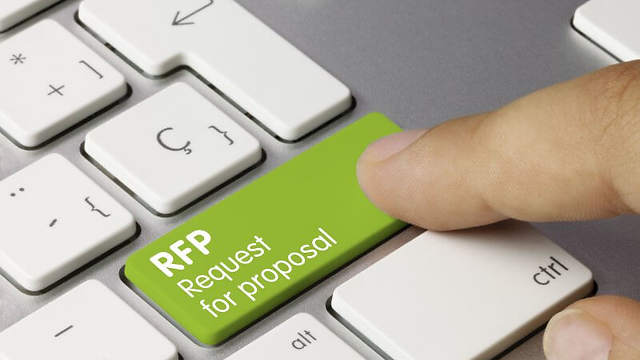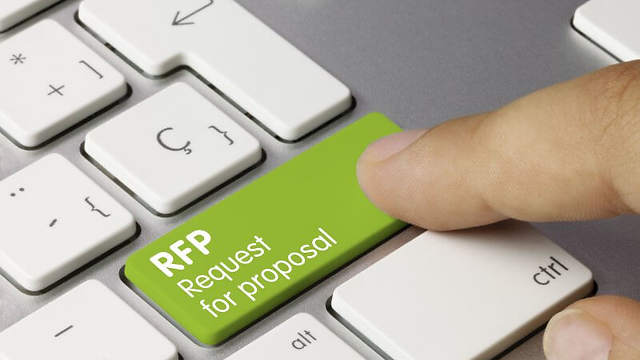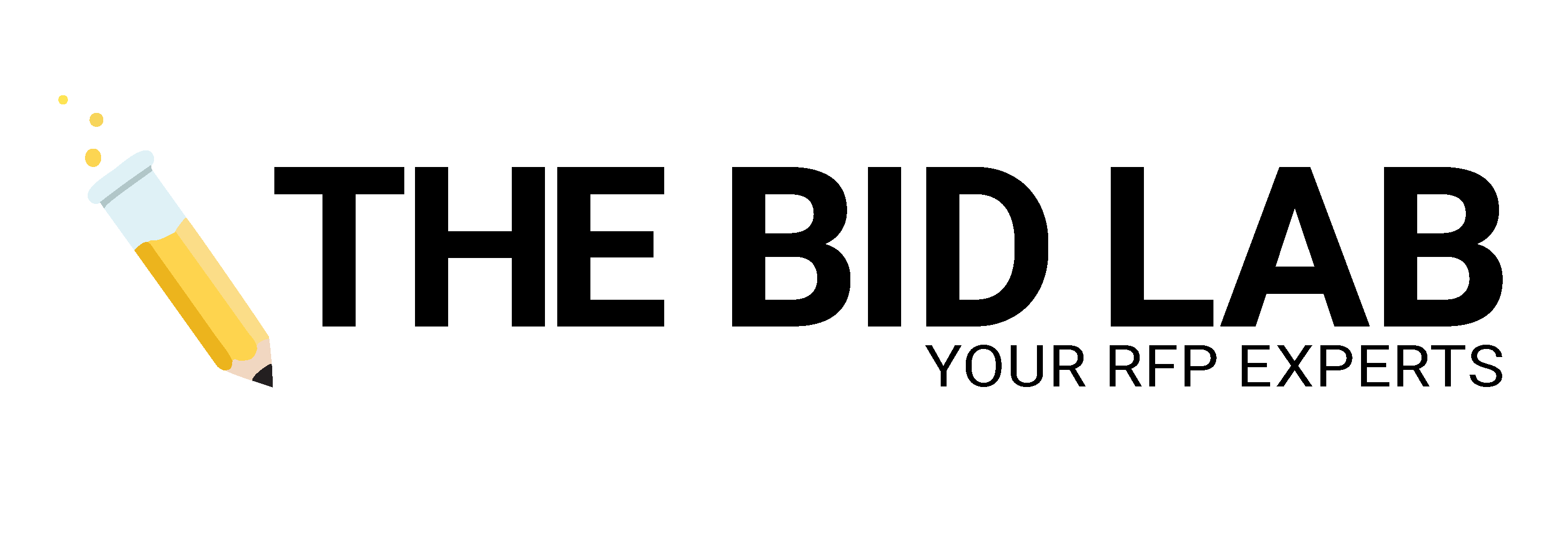The Dos and Don’ts of Requests for Proposals


Requests for Proposals, also called RFPs, are the most common sort of solicitation in business. An RFP is created by a stakeholder when there is a particular project, or portion of a project, that needs outside assistance. The company that creates the RFP diagrams the extent of the work that should be performed. This opens the door for vendors to bid on the proposal. After examining the project’s descriptions, a vendor can then determine whether or not they wish to ultimately respond to a proposal with a bid attached. Having expectations laid out in a clear and concise manner allows for both parties to benefit from the mutual agreement. A well-developed RFP is written by the stakeholders in a company that are seeking assistance. Here, we will discuss a few Dos and Don’ts of the Request for Proposals process.
The Do of the Dos and Don’ts:
Determine Your Audience
Every request for proposal should clearly depict the association, prerequisites, and the individuals responsible for the project within your company. Being that a vendor will presumably be working with you for an extended period of time, hiring a vendor that will work within your company’s expectations is a long-term benefit. By determining your target audience, you are able to better define what type of organization with whom you’re more willing to work. Be sure to be specific about the knowledge and experience level you want your vendor to have. For example, stating that you want to hire someone who can perform graphic design work is not enough. However, stating that you need a vendor that can work within Adobe Photoshop is more specific and also sets clear expectations of knowledge and performance.
Set Expectations
Ambiguous RFPs can cause mistaken assumptions because of the absence of details. First, determine an action plan for the project. Then, set very clear deadlines for deliverables. Be sure to provide all pertinent background information so the vendor will have a clear picture of where you are, what you need, and when you need it. A well-developed request for proposal should dictate every action item clearly. Vendors will either pass on your project or return your RFP with an RFI (request for information) to clear up any muddled desires. What’s more, RFPs should lay out how respondents should structure their responses. This makes it simpler to contrast proposals with one another.
Explain Cost Qualifications
Always be upfront within your RFP. If there are any types of cost restraints, be sure to include them with explanations. If your team has been given a budget and you do not have any wiggle room, provide the amount at which you expect this project to cost. This will give the vendors a clear picture of what they stand to gain financially from bidding on your project.
Set a Reasonable Schedule
The entire proposal process requires a serious amount of coordinated effort. If your deadlines are tight, be sure to communicate this clearly and effectively to ensure no lost time or effort on the part of your stakeholders. Include your timeline in your request for a proposal for each deliverable and the project as a whole. To cultivate a good working relationship, RFPs need to set reasonable and attainable dates for the vendor and your stakeholders.
Vendor Expectations
Now that you have set forth your own expectations, it’s time to state exactly what you want in a vendor. Within your RFP, you will want to explain what matters within the project to you and your stakeholders, i.e., cost, timeline, creativity, etc. This helps you narrow down the competition and avoid reading through dozens of proposals that will never meet your needs.
The Don’ts of the Dos and Don’ts:
Leave Out Information
RFPs should never include any ambiguity. Vendors should never have to make assumptions about any portion of the project. Your request for a proposal should clearly state everything the project needs.
Overlook Feedback
You may be familiar with the term or perhaps even contributed some information to an RFP response, but do you truly understand the RFP process? It’s not easy to engage in the RFP process for the first time. Both the vendor and the stakeholder can gain from one another and give significant criticism. By keeping the lines of communication open, you can improve the RFP outcome on both sides.
Set Unrealistic Deadlines
Vendors responding to your request for proposal are committing to a significant time investment. To permit respondents time to create quality recommendations, RFPs should permit sensible pivot time. Also, a 24-hour turn-around time is not a reasonable amount of time to expect quality vendor responses.
The RFP procedure can quickly get out of hand if you do not take the time in the initial development of the request for proposal to clearly define what the project is, the needs, timelines, budget, and company expectations. The good news? The Bid Lab can walk you through the entire process. So, our team of dedicated writers is here to help you with everything from market research to drafting your RFP and evaluating your vendors.
Newswire Article: The Do’s and Don’ts of Requests for Proposals (article link) by Donna Maria
